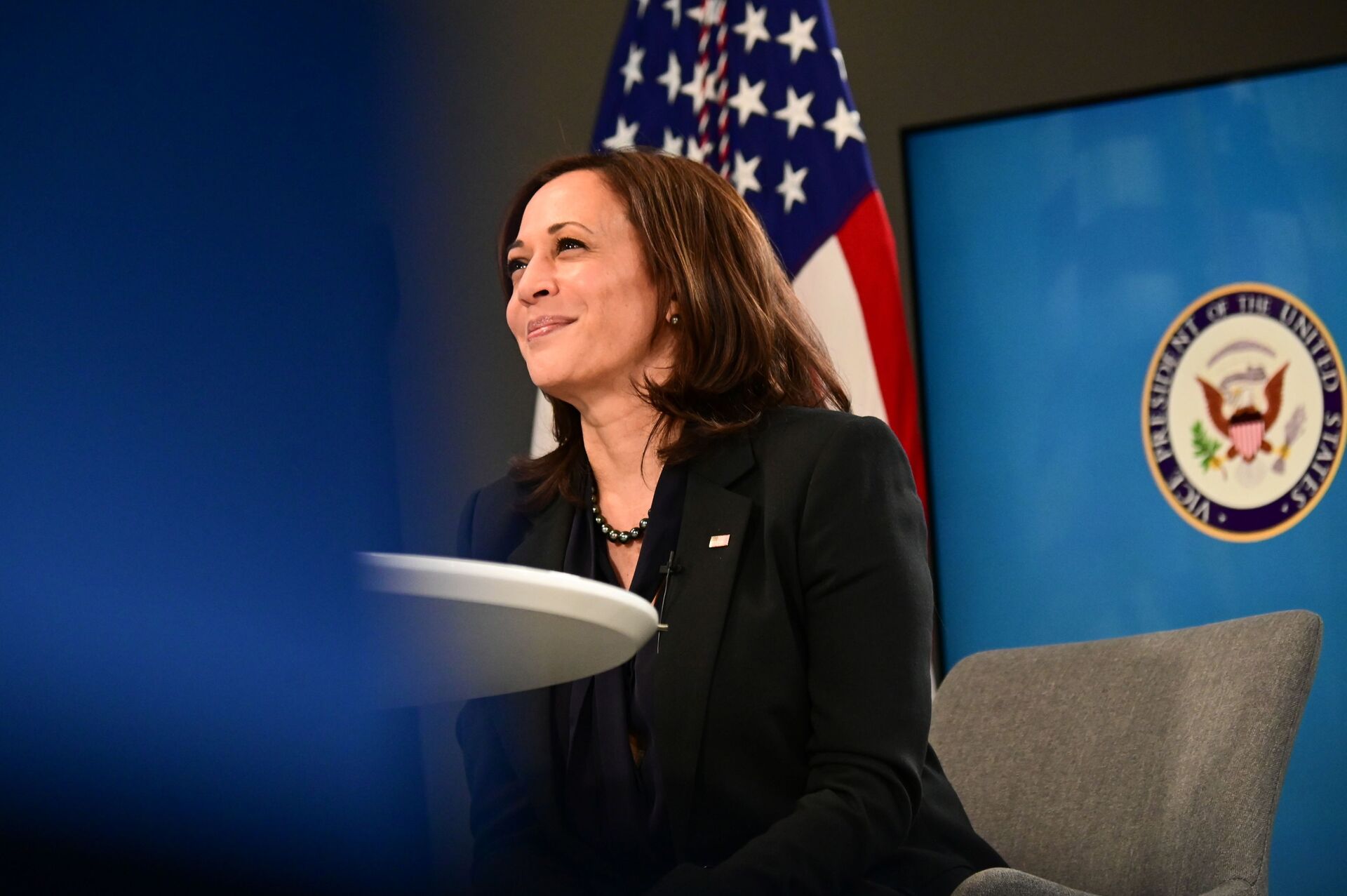Emergency Cash-Saving Measures Enacted to Stop US From Defaulting on Trillions in Debt
16:32 GMT 02.08.2021 (Updated: 16:54 GMT 02.08.2021)

© AP Photo / Jacquelyn Martin
Subscribe
Congress pumped over $6 trillion in cash into the economy over the past year-and-a-half in response to the coronavirus pandemic, with the federal debt reaching over $28.5 trillion in June. Combined US debt, which includes federal liabilities plus other public and private obligations, stands at over $85 trillion, or four times the US’ annual GDP.
The Treasury Department moved to invoke “extraordinary measures” on Monday after Congress failed to agree to extend the suspension of the debt ceiling before departing for its six-week vacation.
According to CNBC, the emergency cash-saving rules stepped into effect on Monday, after the expiry of the two-year freeze on the debt ceiling limit at $22 trillion in August 2019.
From now on, the Treasury will be forced to avoid issuing new debt for between 60 and 90 days until Congress reconvenes and agrees to freeze the limit again or raise the ceiling. If lawmakers fail to do so after reconvening in September, the US, the world’s largest economy, could default on its obligations to domestic and international creditors, sparking a global economic collapse of a kind not seen since the 1930s.
Bloomberg fears a failure to freeze or raise the limit again could lead to a default as early as October, with lack of agreement among lawmakers also giving rise to the prospect of government shutdowns. If a deal cannot be worked out, things like social security and Medicare cheques, interest payments, and US military spending will stop coming.
Democratic politicians in the House promised to "address" the debt ceiling issue last week but provided no specifics, with House lawmakers John Yarmuth and Dick Durbin confirming that they had not worked out a concrete plan for dealing with the issue. Theoretically, Democrats could use their marginal House and Senate majorities to push through a decision on the debt ceiling without Republicans in a process known as reconciliation. Another option is to negotiate with the GOP in exchange for a compromise on a budget item or other piece of legislation that the Republicans want to pass.
Last week, Treasury Secretary Janet Yellen penned a letter to House Speaker Nancy Pelosi, urging Congress to get the debt ceiling issue resolved before 2 August, either by raising it or extending the suspension. In her letter, Yellen warned that the current problem had been “exacerbated by the heightened uncertainty in payments and receipts related to the economic impact of” the coronavirus crisis and the associated injections of pandemic relief into the economy.

US Vice President Kamala Harris participates in a virtual meeting to discuss the newly-signed American Rescue Plan, COVID-19 relief legislation, at the White House in Washington, US, March 11, 2021
© REUTERS / ERIN SCOTT
The US has pumped over $6 trillion into COVID relief, adding to the country's debt, which reached $28.5 trillion in June. Federal debt surpassed the 100 percent of US GDP mark in the spring of 2020, with Fitch Ratings expecting it to hit 109+ percent by the end of the year.
Until now, unlike most countries, which suffer substantial inflationary penalties and the prospect of currency collapse if they pursue excessive money printing or accumulate too much debt, the US has long enjoyed a unique position as the emitter of the de-facto world currency, the dollar, allowing for decades of quantitative easing and spending beyond its means without fear of out-of-control inflation or concerns that investors could stop deeming debt as viable. In recent years, a growing number of economists, banks, and policymakers have expressed concerns that the current system can’t hold forever, and that the US debt bubble may pop, leading to a massive financial collapse which sparks a global depression.



